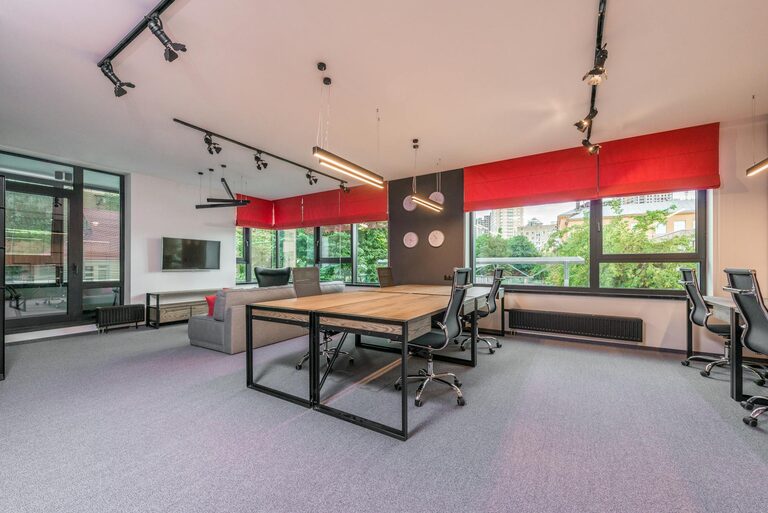Creating a desk setup that promotes both focus and comfort is essential for anyone spending significant time working, studying, or pursuing creative projects at their workstation. An organized, ergonomic, and pleasant workspace helps reduce distractions, prevent physical discomfort, and foster sustained concentration. Whether you’re working from home or office, these desk setup tips can transform your environment into an efficient and inviting space.
Why Your Desk Setup Matters
Your desk is more than just a surface—it’s the foundation of your daily productivity. An unsuitable setup can lead to fatigue, aches, and loss of focus. Conversely, a well-arranged workspace supports better posture, keeps necessary tools within reach, and creates an atmosphere that encourages you to stay on task.
Choose the Right Desk and Chair
Ergonomic Chair for Support
Investing in a good chair is one of the most important steps for comfort. Look for chairs with adjustable height, lumbar support, and comfortable cushioning. A chair that supports the natural curve of your spine prevents back pain and helps maintain proper posture.
Desk Height and Surface
Your desk height should allow your elbows to bend at a 90-degree angle when typing, with your forearms parallel to the floor. Standard desk heights range from 28 to 30 inches, but height-adjustable desks—especially sit-stand desks—offer flexibility and encourage movement throughout the day.
Arrange Your Monitor and Devices Properly
The placement of your screens and devices can significantly affect your focus and comfort.
– Position your monitor about an arm’s length away.
– The top of the monitor screen should be at or just below eye level to reduce neck strain.
– Use a monitor stand or adjustable arm if necessary.
– Place frequently used devices like your keyboard and mouse within easy reach.
– Consider using a separate keyboard and mouse if you use a laptop to improve ergonomics.
Optimize Lighting for Focus
Good lighting reduces eye strain and helps maintain alertness:
– Natural light is ideal—position your desk near a window if possible.
– Avoid glare on your screens by placing monitors perpendicular to windows.
– Use adjustable desk lamps with warm or neutral light to reduce eye fatigue.
– Consider anti-glare screen protectors if you cannot avoid bright overhead lighting.
Organize Your Desk for Efficiency
A clutter-free desk minimizes distractions and helps maintain focus:
– Keep only essential items on your desk.
– Use organizers or desk trays for stationery, documents, and gadgets.
– Cable management tools prevent tangled cords and create a cleaner look.
– Personalize with a small plant, photo, or artwork to make the space inviting but without overdoing it.
Incorporate Comfort Items and Personal Care
Small additions can dramatically improve comfort:
– Use a wrist rest for keyboard and mouse to reduce strain.
– Place a footrest under your desk if your feet don’t touch the floor.
– Keep a reusable water bottle handy to stay hydrated.
– Take regular breaks to stretch or change posture, which also refreshes your mind.
Create Zones for Different Activities
If space allows, organize distinct areas for tasks:
– A writing or reading zone separated from your computer setup.
– A small space for brainstorming or reviewing physical materials.
– This separation helps signal shifts in activity and maintains better focus.
Maintain Your Desk Routine
Regular maintenance keeps your workspace functional:
– Schedule time weekly to tidy your desk and file documents.
– Reassess your setup periodically and make adjustments for comfort or new equipment.
– Keep a to-do list or planner visible to stay organized and focused.
—
With these tips, you can create a desk setup tailored to your needs that supports focus and comfort throughout your workday. Small changes add up, resulting in better posture, fewer distractions, and improved productivity. Start by evaluating your current workstation and gradually incorporate these ideas for a more enjoyable workspace.

